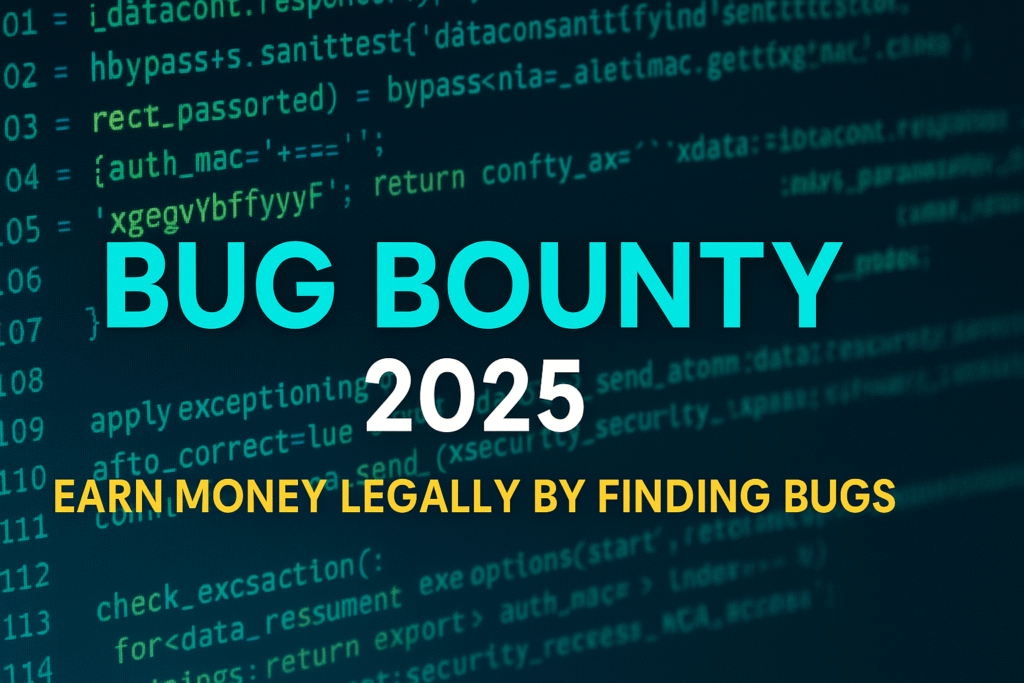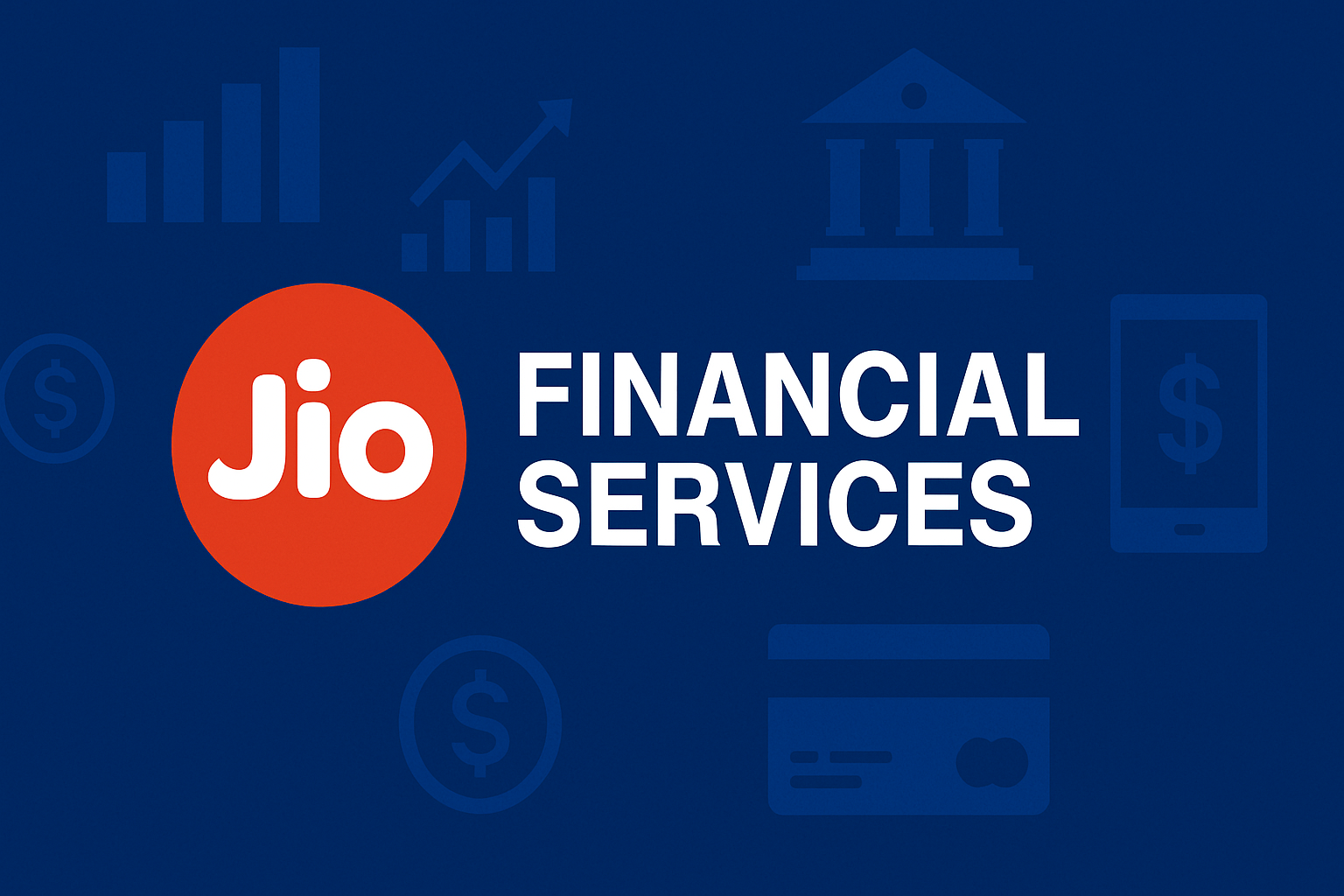Introduction
In today’s digital world, cybersecurity is more important than ever. Every major company — from Google to Facebook — relies on independent ethical hackers to find hidden vulnerabilities before cybercriminals do. This legal, rewarding process is called a Bug Bounty program.
In simple terms, a Bug Bounty allows security researchers and ethical hackers to find weaknesses in a company’s system and get paid for responsibly reporting them. In 2025, Bug Bounty has become one of the most legitimate and profitable online income streams for tech enthusiasts, students, and cybersecurity professionals worldwide.
If you’re passionate about technology and problem-solving, this guide will show you how Bug Bounty programs work, how much you can earn, what skills you need, and how to get started the right way.
What Is a Bug Bounty Program?
A Bug Bounty program is a cybersecurity initiative where companies invite ethical hackers to test their digital systems for vulnerabilities. When a hacker reports a valid security bug, the company rewards them with money or recognition.
For example, platforms like HackerOne, Bugcrowd, and Synack act as bridges between companies and security researchers. Big tech brands such as Google, Apple, and Microsoft pay millions every year to researchers who help secure their platforms.
Bug Bounties are not about breaking systems — they are about protecting them ethically.
How Does Bug Bounty Work?
Here’s how a typical Bug Bounty program works:
- A company defines a scope — which systems can be tested.
- Ethical hackers register through platforms like HackerOne or Bugcrowd.
- Hackers find bugs using penetration testing, API testing, or reverse engineering.
- The bug is reported privately with a proof of concept.
- The company validates it and pays a reward based on severity.
Rewards depend on the impact of the vulnerability. A small XSS bug may earn $100, while a critical remote code execution could be worth over $50,000.
Skills You Need for Bug Bounty Hunting
You don’t have to be a full-time hacker to start, but you need solid cybersecurity basics. Here are the essential skills:
- Networking & OSI model fundamentals
- Web application testing (SQLi, XSS, CSRF, IDOR, SSRF, etc.)
- API security testing
- Linux command line and scripting
- Using tools like Burp Suite, Nmap, OWASP ZAP, Subfinder, Amass, and Metasploit
- Programming knowledge in Python, JavaScript, or PHP
💡 Tip: Start with free tutorials on YouTube or courses on platforms like TryHackMe, Hack The Box, or Udemy.
How Much Can You Earn from Bug Bounty?
Earnings vary widely depending on skill level and dedication.
| Experience Level | Average Reward per Bug | Monthly Potential |
|---|---|---|
| Beginner | $50 – $200 | $200 – $1,000 |
| Intermediate | $500 – $2,000 | $2,000 – $10,000 |
| Expert | $5,000 – $100,000+ | $10,000 – $100,000+ |
Some Indian ethical hackers earn ₹50 lakh to ₹1 crore annually just through Bug Bounty programs.
In 2024, a HackerOne researcher publicly shared earning $250,000 in a year, while others made fortunes by finding zero-day bugs in critical systems.
Best Bug Bounty Platforms in 2025
Here are the most trusted and active Bug Bounty platforms for beginners and experts:
- HackerOne — Most popular, used by Twitter, Shopify, and the U.S. Department of Defense.
- Bugcrowd — Great for structured programs and community support.
- Synack — Private and high-paying, requires vetting and experience.
- YesWeHack — Emerging European platform.
- Open Bug Bounty — Ideal for beginners.
Steps to Start Your Bug Bounty Journey
Follow these simple steps to get started safely and legally:
- Learn the Basics: Study ethical hacking, web app security, and networking.
- Choose a Platform: Create an account on HackerOne or Bugcrowd.
- Read the Scope Carefully: Each program has specific rules. Never test outside that scope.
- Set Up Your Lab: Use tools like Burp Suite, Kali Linux, or Parrot OS.
- Start with Simple Targets: Focus on web apps, login forms, and APIs.
- Document Everything: Screenshots, request logs, and step-by-step proof.
- Report Responsibly: Don’t exploit or share vulnerabilities publicly.
- Be Patient: Not every report gets accepted, but consistency pays off.
Tools Every Bug Bounty Hunter Should Know
- Burp Suite: Core web testing proxy.
- OWASP ZAP: Free and open-source scanner.
- Nmap: Network mapping and reconnaissance tool.
- Subfinder / Amass: Subdomain enumeration tools.
- Metasploit: For exploitation and testing payloads.
- Recon-ng: Reconnaissance automation tool.
💡 Pro Tip: Combine automation tools with manual testing for the best results.
Common Mistakes to Avoid
Even skilled hackers make these beginner mistakes:
- Testing outside scope (illegal).
- Submitting duplicate bugs without checking existing reports.
- Using automated scanners without validation.
- Ignoring company communication etiquette.
- Sharing sensitive findings on social media.
Real Success Stories
- Anand Prakash, an Indian ethical hacker, earned over ₹1 crore through Bug Bounties from companies like Facebook and Uber.
- Santiago Lopez from Argentina became the first hacker to earn $1 million on HackerOne — at just 19 years old.
These examples prove that ethical hacking can be a full-time, legal career path if you master the craft.
Legal & Ethical Considerations
Bug Bounty is 100% legal — if done responsibly. Always follow these golden rules:
- Never hack outside the allowed scope.
- Don’t exploit or sell vulnerabilities.
- Follow responsible disclosure guidelines.
- Keep all findings confidential until fixed.
Breaking these rules can turn your legal research into a cybercrime offense.
Why Companies Love Bug Bounties
- Continuous real-world testing by experts.
- Cost-effective compared to full-time penetration testing.
- Builds trust with users by prioritizing security.
- Promotes ethical hacking culture globally.
Conclusion
Bug Bounty hunting is the perfect blend of learning, earning, and contributing to a safer internet.
It’s not just about the money — it’s about protecting millions of users and improving global cybersecurity.
If you’re passionate about tech, curious by nature, and love solving puzzles, start your Bug Bounty journey today.
Remember: Every top hacker started with one small bug.



